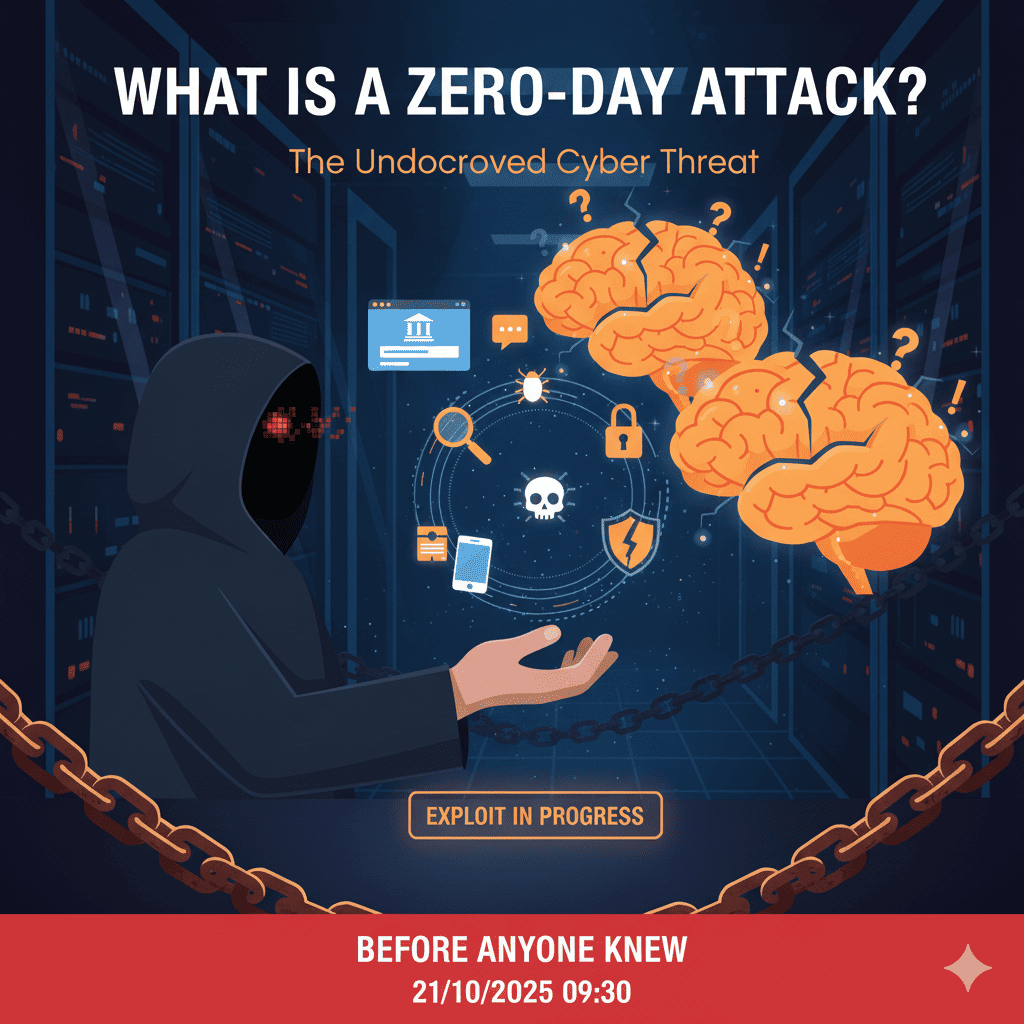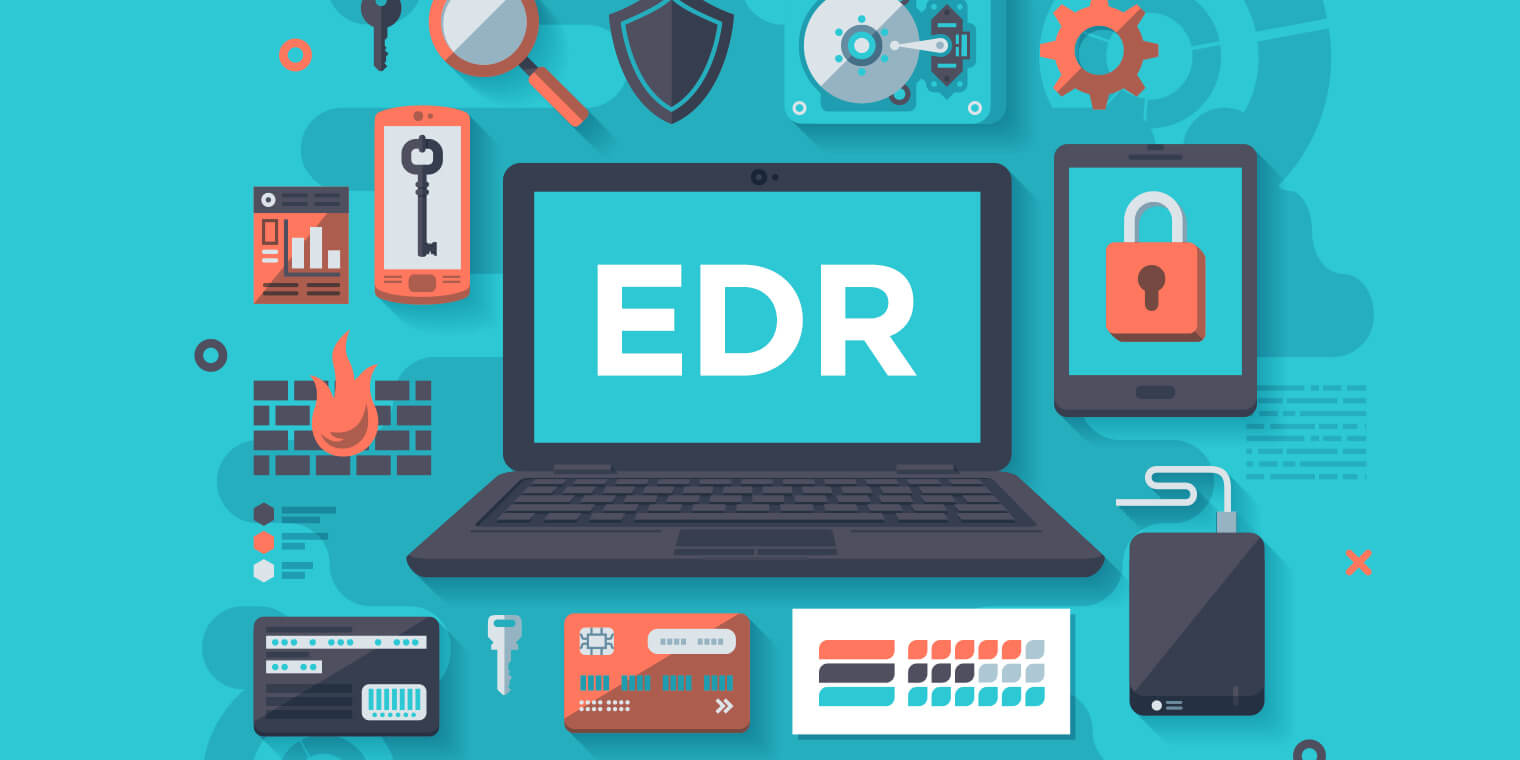What is a 'Zero-Day Attack'? Understanding the Most Dangerous, Undiscovered Security Vulnerabilities

What is a 'Zero-Day Attack'? Understanding the Most Dangerous, Undiscovered Security Vulnerabilities
In the world of cybersecurity, threats are constantly evolving every second. However, there's one type of threat most feared by IT professionals and major corporations: a Zero-Day Attack.
This is a type of cyber-attack that exploits a security vulnerability (bug) in software that is unknown to anyone, including the software's developers or vendors themselves. Because no one is aware of it, no fix (patch) is yet available.
This article will comprehensively discuss what a zero-day attack is, how it works, and why this threat is considered one of the most dangerous in the digital age.
What Exactly Does 'Zero-Day' Mean?
The term "zero-day" refers to the fact that developers have "zero days" to fix the problem.
Imagine you have a house with a broken lock on a door, but you don't realize it. A thief discovers the flaw, makes a duplicate key (this is called an exploit), and successfully enters your house.
For you as the homeowner, you only become aware of the problem after the theft occurs. Similarly, with software, developers only learn about a security vulnerability after hackers successfully exploit it and launch an attack. At that point, the attackers already have a time advantage.
How Does a 'Zero-Day Attack' Work?
These attacks typically occur in several phases:
-
Vulnerability Discovery: Attackers (often organized groups) actively search for weaknesses or bugs in popular software, such as operating systems (Windows, macOS), browsers (Chrome, Firefox), or office applications.
-
Exploit Creation: Once a flaw is found, attackers create a specialized "tool"—which can be code, a script, or a program—designed to take advantage of that vulnerability. This tool is called a Zero-Day Exploit.
-
Attack Launch: Attackers deploy this exploit to target victims. This can be done through various means, such as phishing emails, malicious attachments, compromised websites, or even by directly targeting critical infrastructure.
-
Infection and Damage: Once the exploit successfully runs on the victim's system, attackers can steal sensitive data, install ransomware, spy on user activities, or take complete control of the system.
Notable 'Zero-Day' Cases
To illustrate how destructive these attacks can be, here are some famous examples:
-
Stuxnet Worm (2010): Considered one of the most sophisticated cyber weapons, Stuxnet was a worm that exploited multiple zero-day vulnerabilities in Windows systems. Its goal was to physically sabotage uranium enrichment facilities in Iran by damaging their centrifuges.
-
Microsoft Exchange Hack (2021): A group of hackers exploited zero-day flaws in Microsoft Exchange servers to steal email data and access sensitive information from tens of thousands of organizations worldwide before Microsoft could release a fix.
Why Is It So Difficult to Protect Against?
The main challenge of a zero-day attack is its "unseen" nature. Traditional security systems like antivirus software often work by detecting "known" threats (using a database of virus signatures).
Since a zero-day exploit is a new, never-before-seen threat, these security systems often fail to detect it.
Mitigation and Protection Steps
While unpredictable, it doesn't mean we can do nothing. Here are some important steps to reduce the risk:
-
Always Update Software: This is the most crucial step. As soon as developers release a security patch (even if it's for a newly discovered bug), update your software immediately.
-
Use Layered Security Systems: Don't just rely on antivirus. Use a combination of firewalls, Intrusion Detection Systems (IDS), and modern security solutions that utilize AI or behavioral analysis to detect suspicious activity.
-
Be Wary of Phishing: Many zero-day attacks start with phishing emails or suspicious links. Educate yourself and your team to avoid indiscriminately clicking links or downloading attachments.
-
Implement the Principle of "Least Privilege": Ensure user accounts only have access to the data and systems they absolutely need to perform their work. This limits the damage if an account is compromised.
Ultimately, a zero-day attack is a serious reminder that cybersecurity is an endless race between attackers and defenders.
Need Any Technology Solution






